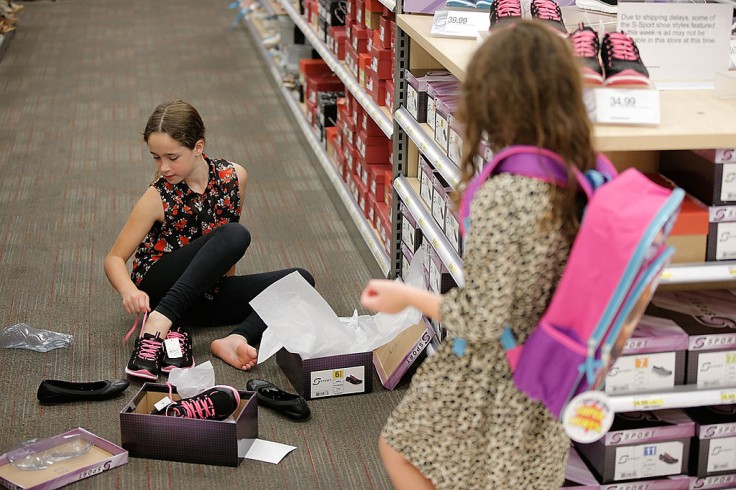
Retailers in the United States expect a record back-to-school season as American families prepare for in-person classes, as rising inflation eats into many shoppers' purchasing power. Consumers and retail industry analysts said that while wealthier households are set to spend more in the face of higher prices, low- and middle-income families are struggling to cover the cost of school supplies.
Many middle-income shoppers, such as 33-year-old mom of four Sam Waldorf, have lived comfortably throughout the COVID pandemic. But her husband's Army salary of about $80,000 does not go as far now. The Fort Campbell, Tennessee native said she plans to get a part-time job in retail to help cover the higher costs of sending her children to school this year.
Waldorf told NBC News that everything has gotten more expensive, and they need the extra income because grocery bills have doubled, and she has her own little army. Waldorf's budget is stretched thin, even with new shoes gifted by family members for the school year and a rotation of hand-me-downs. She plans to spend just $200 total this year, down sharply from the $800 she spent last year.
American shoppers to spend $37 billion this back-to-school season
The National Retail Federation (NRF), a retail trade group, estimates that American shoppers will spend $37 billion this back-to-school season. That will match last year's record, with households in the U.S. averaging $864 apiece.
A Morning Consult poll in May and June found that the share of consumers expecting to shell out more than $500 on school-related purchases this year shot to 25 percent from just 7 percent last year, with inflation running at a four-decade high of 9.1 percent.
Some consumers' buying power is waning faster than others. According to the NRF, wealthier shoppers are still capable of spending at levels that exceed inflation, while less affluent people are struggling to afford the higher costs.
Read Also: Missing Texas Mom Christina Lee Powell Found Dead Inside Car at Shopping Mall Parking Lot
Outlook murky for mid-to-low-income households
Higher-income households are the ones who are largely driving the expected jump in back-to-school outlays this year. According to a report from commercial real estate services firm JLL, families with budgets unaffected by inflation are forecast to spend about 32 percent more on school-related purchases than last year.
The outlook is murkier among mid-to-low-income households in the U.S. According to JLL, American families whose budgets are significantly affected by inflation plan to spend 15 percent less than last year on back-to-school shopping, while those somewhat affected by inflation will spend roughly 6 percent less.
The NRF still sees less affluent households boosting rather than trimming their back-to-school spending but with more belt-tightening elsewhere to do so. Katie Thomas, the lead at the Kearney Consumer Institute, a research arm of global consulting firm Kearney, said that lower- and middle-income consumers are sticking to the necessities and starting to trade down.